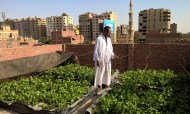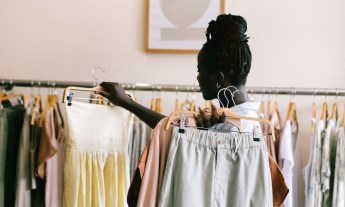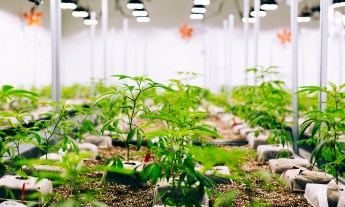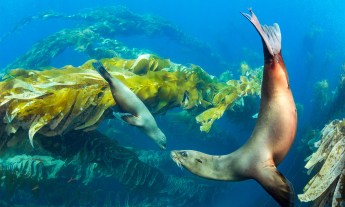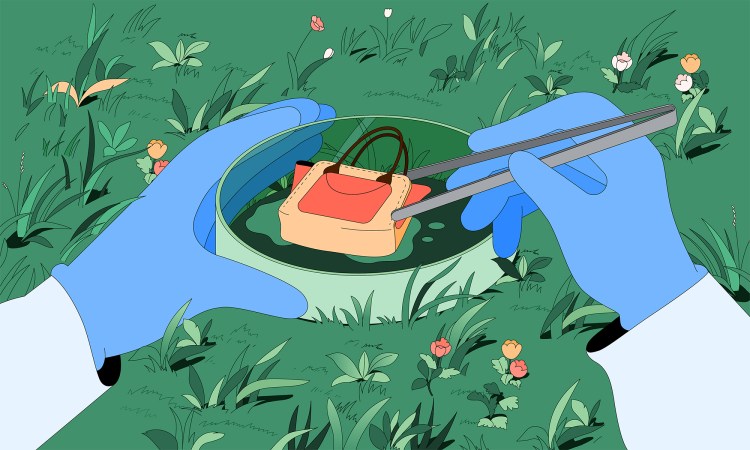
In terms of the climate crisis, the fashion industry contributes around 8 to 10 percent of global greenhouse gas emissions — and one of the worst culprits is the leather industry. Cattle rearing is responsible for an estimated 14.5 percent of emissions every year, and while leather manufacturing is just one piece of the pie, it’s polluting the environment at virtually every stage of production.
As public discourse around climate change gains traction, vegan leather has been touted as a sustainable alternative in recent years, and designers like Stella McCartney and Ganni have sworn off animal leather.
But while innovative, natural alternatives like pineapple leather are on the market, a majority of vegan leather products are made from polyurethane — a plastic derived from fossil fuels. So how do we avoid replacing one polluting industry with another?
Here’s how the current leather production industry is hurting the planet, and why lab-grown leather — a method of “biofabrication” that doesn’t require animals — could be a sustainable and fashionable solution.
The environmental impact of animal leather
To keep up with the rising consumer demand for leather goods, the fashion industry is projected to slaughter 430 million cows annually by 2025.
The cattle industry is a driving force of environmental degradation, including deforestation and water pollution. Research shows that it’s the single largest driver of deforestation in the Amazon rainforest, and an industry that’s forcing Indigenous people off their land and destroying wildlife habitat. The Amazon rainforest, once a carbon sink, now emits more carbon dioxide than it can absorb because of aggressive land-clearing.
Chronic exposure to chromium can cause serious repiratory issues, including pneumonia and an increased risk of lung cancer.
It’s also polluting the planet with toxins. An estimated 80 to 90 percent of leather is treated with chromium during the tanning process, in which the hair and tissue are removed from the animal hide. While more sustainable vegetable tanning options do exist, it is a lengthy process that can take up to two months to complete. By contrast, chrome tanning can be completed in a day, making it the dominant form of tanning in the industry, which accounts for 95 percent of shoe leather production, 70 percent of leather upholstery production and 100 percent of leather clothing production.
The problem? Manufacturers often dump liquid and solid waste that contains leftover chromium — a chemical that pollutes waterways and puts the health of leather workers and local communities at risk. Chronic exposure to chromium can cause serious repiratory issues, including pneumonia and an increased risk of lung cancer. In places like Bangladesh, tannery workers often work for low wages and without protective equipment. It can also make its way into soil, which can make fields too toxic to grow food.
What is lab-grown leather?
Lab-grown leather is an emerging sector in biofabrication. In other words, it’s a process of producing leather products without the animals.
“Today, the market for traditional leather and synthetic leather is nearly evenly split in dollar terms, but not by volume. Synthetic leather has almost 10 times the volume of traditional leather,” says Andras Forgacs, an entrepreneur in tissue engineering and the co-founder of Modern Meadow. “The breakthrough for sustainability [is] to establish a third category of bio-based materials that can reduce our twin dependence on livestock and petrochemical products.”
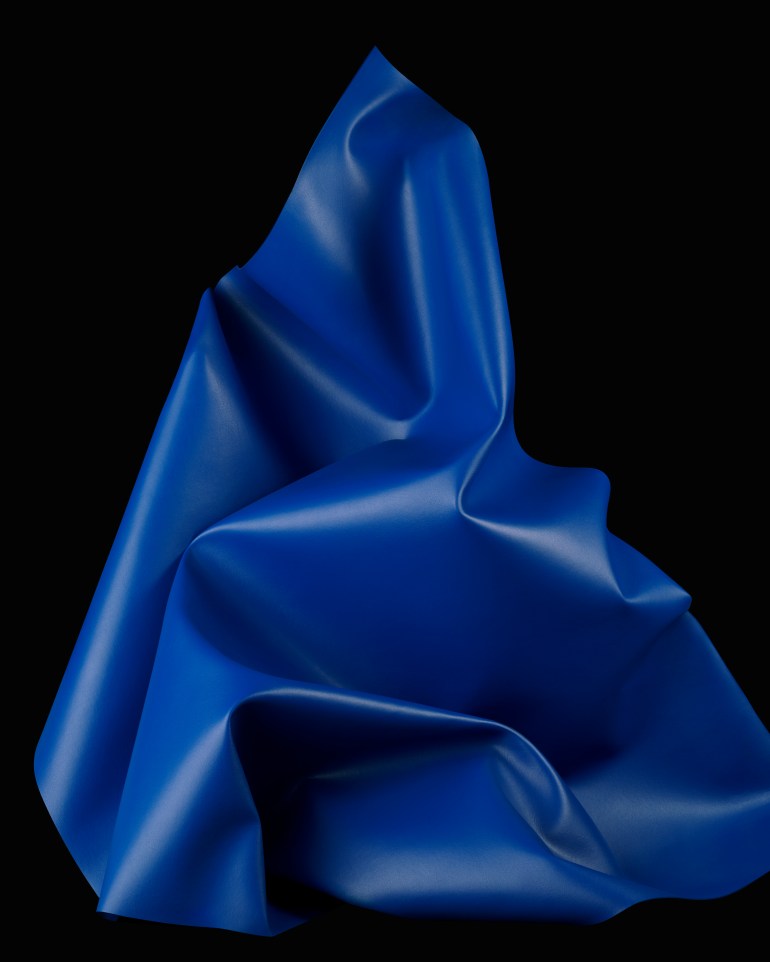
While it’s certainly possible to grow cow cells in a lab, many pioneers in the field are trying a different tactic. Forgacs, who gave a TED Talk on Modern Meadow in 2013, says the hero ingredient in their lab-grown leather has evolved significantly since then, including replacing cow skin cells with Bio-Alloy™, which are proteins derived from plant-based ingredients. “Bio-Alloys™ [offer] enhanced performance and sustainability at scale as an alternative to leather, but also as a performance fabric in its own category.”
Materials company Bolt Threads also created a form of lab-grown leather called Mylo, in which mycelium — a network of fungal threads — is the key ingredient. “We start by reproducing what happens on the forest floor in a controlled indoor environment,” says Marilla Perkins, Bolt’s senior director of strategy. “We take mycelial cells and feed them sawdust and other organic material, and place all of that in a tray while controlling the humidity and temperature among other variables.”
Perkins says the mycelium then grows into a foamy layer in fewer than two weeks. “This is a big difference from the three-plus years and lots of resources that it takes to raise livestock, whose hides are used in animal leather,” she says. Bolt Threads worked closely with their design partners — including Mylo consortium partners Adidas, Kering, lululemon and Stella McCartney — to get feedback on over 5,000 versions of the material.

How scalable is lab-grown leather?
Forgacs says Modern Meadow is now at the point where they’ve “de-risked, scaled and partnered in a way that can bring Bio-Alloys™ to leading brands in the coming months.” So it seems a future of scalable lab-grown leather is on the horizon. To achieve this, Modern Meadow partnered with major manufacturers including Limonta and Evonik to mass-produce Bio-Alloy™ materials for fashion and beauty markets.
Forgacs believes that bio-based materials will grow to rival, and ultimately exceed, animal products and fossil fuel-based synthetics.
Forgacs believes that bio-based materials will grow to rival, and ultimately exceed, animal products and fossil fuel-based synthetics, but that this change is only possible by delighting consumers with better performance, better sustainability and a competitive value.
Similarly, Mylo is on the cusp of being in the hands of consumers. “We are currently on track to deliver one million feet in the very near future and scale into the tens of millions soon after,” says Perkins, noting that the industry needs to continue innovating to dampen the widespread detrimental effects of the breakneck fast fashion model. “While overconsumption is at the root of fashion’s environmental problems, people are going to continue to need clothes and shoes, which means we will need smarter technologies and solutions that have smaller environmental footprints.”
While the lab-grown solutions make their way to the market (and even once they’re there), addressing overconsumption will always be the most impactful way to shop sustainably. For instance, today, people have 5x more clothing items than people did in 1980. Lab-grown leather can’t completely dissolve that issue, but it can provide a future where new leather products aren’t reliant on the environmentally devastating cattle industry.
In the meantime, you can always buy vintage or support Indigenous suppliers — who apply more sustainable practices, including using every part of the animal — until you can get your hands on the latest lab-grown innovations.
Watch Andras Forgacs’ 2013 TED talk:








